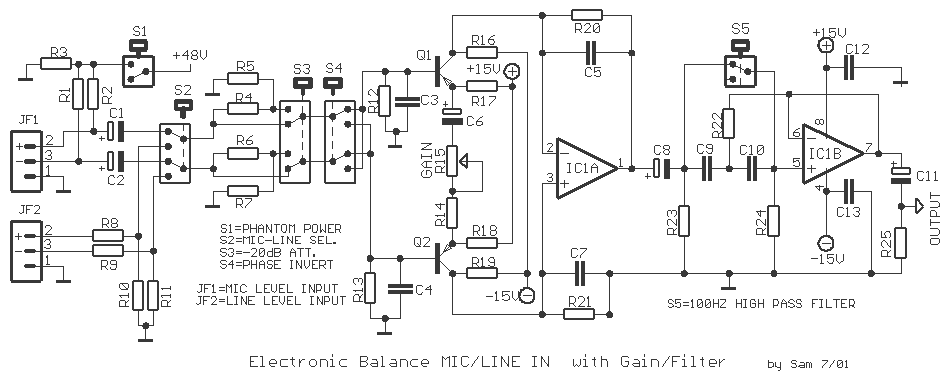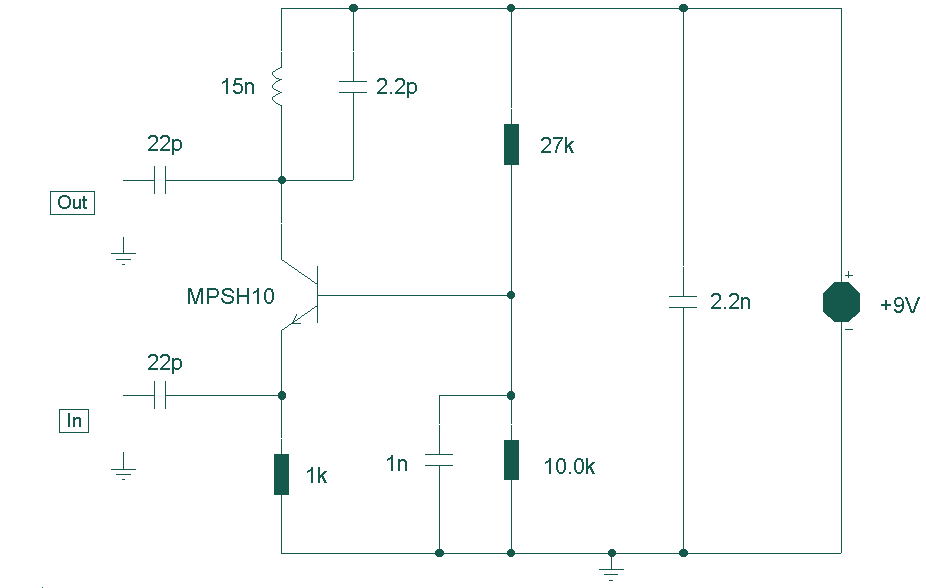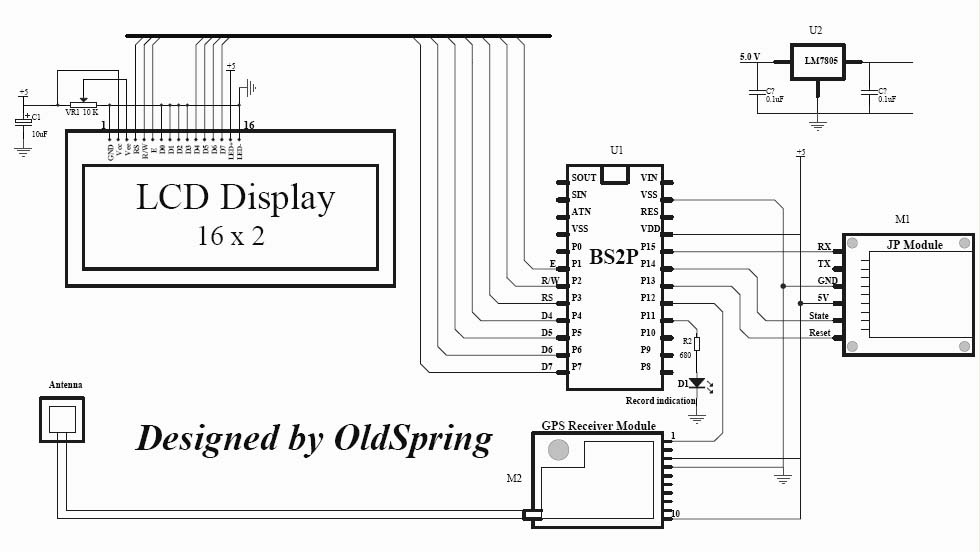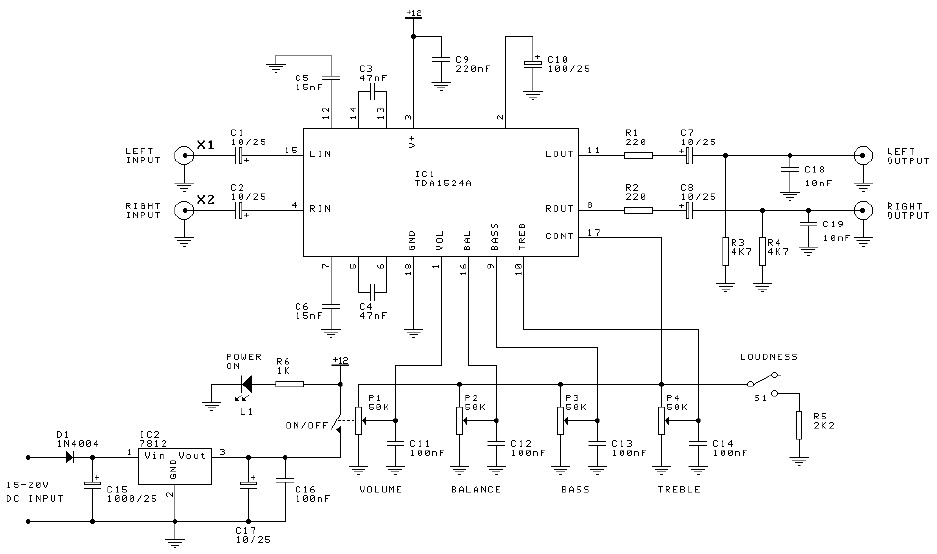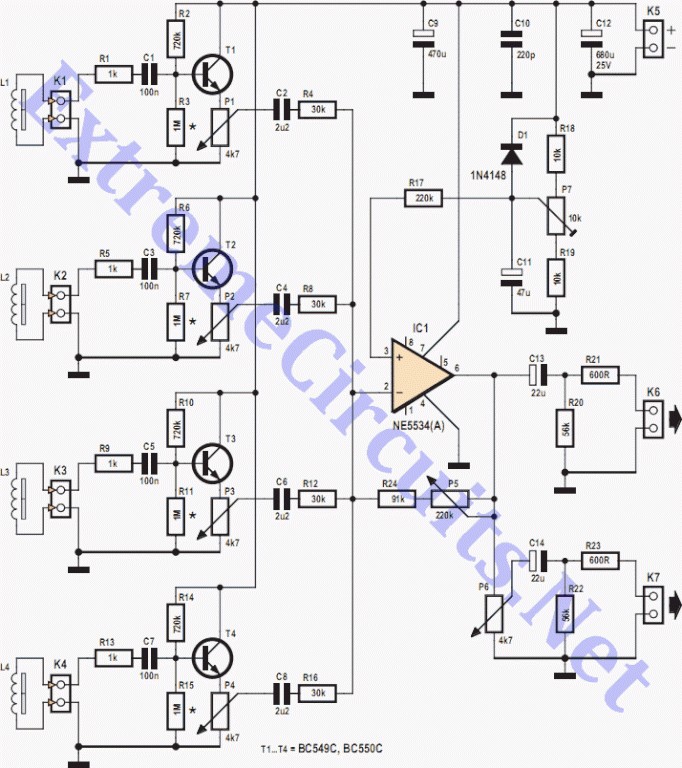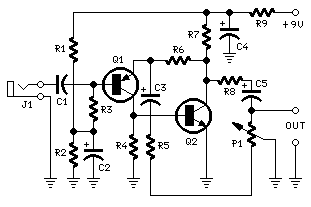
Balanced microphone preamp project
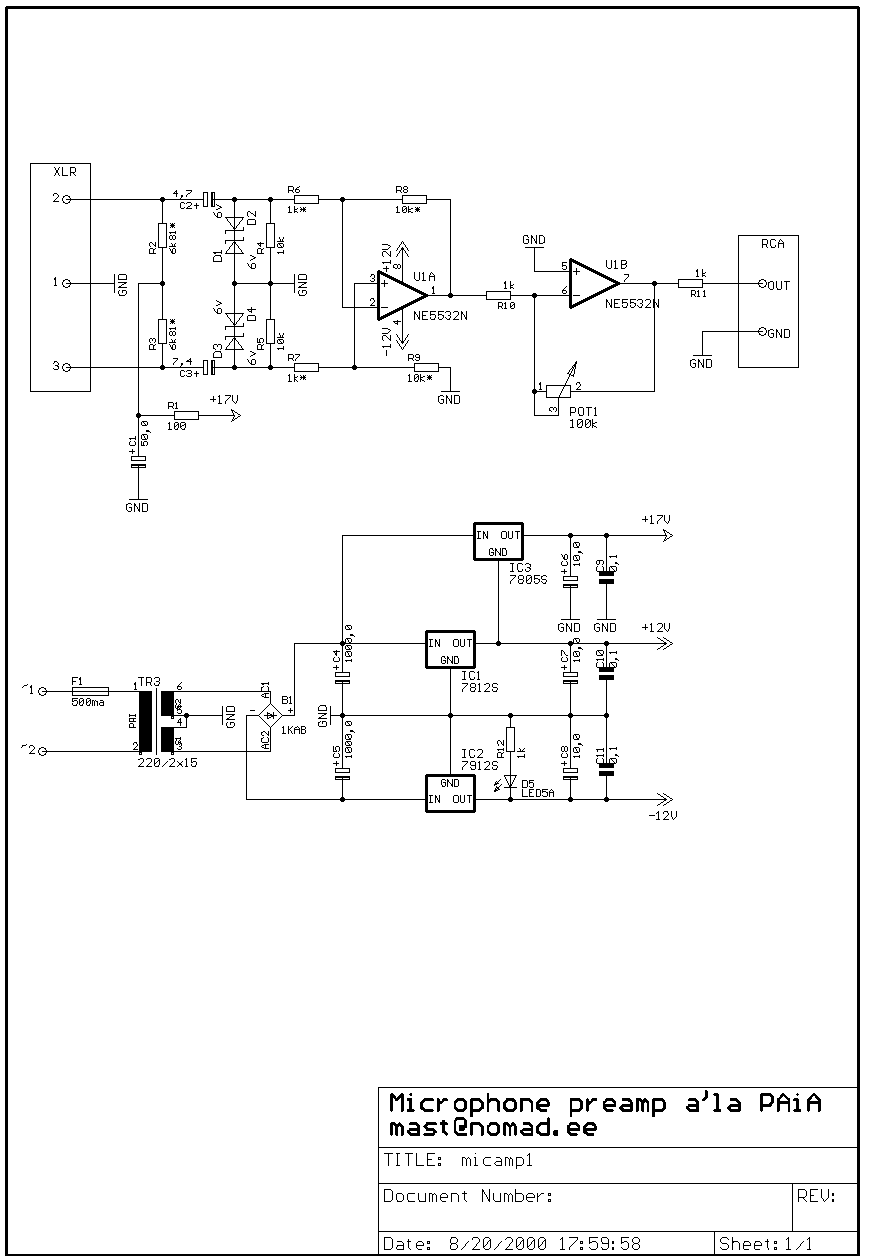
Well, it's pretty much a PAiA preamp - usual input circuitry followed by one half of dual op-amp rigged in fixed 20dB amplification circuitry, followed by second stage which is adjustable for up to 40dB amplification, for up to 60dB total. The power supply is a simple affair, supplying ±12V using 7912 and 7812 regulators. As ECM8000 is happy with only 15 volts of phantom power, I added a 7805 which I referred to +12V instead of ground - resulting in 17V output which I used for phantom power. The schematics show NE5532 op-amp which I was unable to get when I shopped for parts, so I used an ancient JRC4558D op-amp which I scavenged from the PCB of an old Yamaha synth (some people seem to be very fond of this chip, maybe someday someone will tell me).
The described circuit is a preamplifier designed primarily for audio applications, utilizing a dual operational amplifier configuration. The first stage employs one half of a dual op-amp to provide a fixed gain of 20 dB. This fixed gain stage is crucial for amplifying weak audio signals from sources such as microphones before they are further processed. The second stage of the circuit is adjustable, allowing for an additional gain of up to 40 dB, which enables the preamp to achieve a total gain of 60 dB. This flexibility is particularly beneficial for accommodating various input signal levels, ensuring optimal performance across different audio sources.
The power supply circuit is designed to provide ±12V, which is a common voltage requirement for operational amplifiers. The use of the 7812 and 7912 voltage regulators ensures stable voltage outputs, crucial for maintaining the integrity of the audio signal. The ECM8000 microphone, which is compatible with this preamp, requires phantom power for operation. A 7805 voltage regulator is utilized to generate a 5V output, which is then referenced to the +12V rail instead of ground. This configuration results in a phantom power supply of approximately 17V, suitable for powering condenser microphones like the ECM8000.
The choice of operational amplifier is significant in determining the performance characteristics of the preamp. Although the NE5532 op-amp is commonly preferred for its low noise and high performance, the JRC4558D op-amp has been substituted in this design. The JRC4558D, known for its favorable audio characteristics, has been utilized from a repurposed Yamaha synth, demonstrating a practical approach to component sourcing. This substitution may impact the overall noise performance and bandwidth of the preamp but can still yield satisfactory results in many audio applications.
Overall, this preamp circuit is a well-thought-out design that balances performance, flexibility, and component availability, making it suitable for various audio recording and amplification tasks.Well, it's pretty much a PAiA preamp - usual input circuity followed by one half of dual op-amp rigged in fixed 20dB amplification circuity, followed by second stage which is adjustable for up to 40dB amplification, for up to 60dB total. The power supply is a simple affair, supplying +-12V using 7912 and 7812 regulators. As ECM8000 is happy with only 15 volts of phantom power, I added a 7805 which I referred to +12V instead of ground - resulting in 17V output which I used for phantom power.
The schematics shows NE5532 op-amp which I was unable to get when I shopped for parts, so I used an ancient JRC4558D op-amp which I scavanged from PCB of old Yamaha synth (some people seem to be very fond of this chip, maybe some day someone will tell me 🔗 External reference
The described circuit is a preamplifier designed primarily for audio applications, utilizing a dual operational amplifier configuration. The first stage employs one half of a dual op-amp to provide a fixed gain of 20 dB. This fixed gain stage is crucial for amplifying weak audio signals from sources such as microphones before they are further processed. The second stage of the circuit is adjustable, allowing for an additional gain of up to 40 dB, which enables the preamp to achieve a total gain of 60 dB. This flexibility is particularly beneficial for accommodating various input signal levels, ensuring optimal performance across different audio sources.
The power supply circuit is designed to provide ±12V, which is a common voltage requirement for operational amplifiers. The use of the 7812 and 7912 voltage regulators ensures stable voltage outputs, crucial for maintaining the integrity of the audio signal. The ECM8000 microphone, which is compatible with this preamp, requires phantom power for operation. A 7805 voltage regulator is utilized to generate a 5V output, which is then referenced to the +12V rail instead of ground. This configuration results in a phantom power supply of approximately 17V, suitable for powering condenser microphones like the ECM8000.
The choice of operational amplifier is significant in determining the performance characteristics of the preamp. Although the NE5532 op-amp is commonly preferred for its low noise and high performance, the JRC4558D op-amp has been substituted in this design. The JRC4558D, known for its favorable audio characteristics, has been utilized from a repurposed Yamaha synth, demonstrating a practical approach to component sourcing. This substitution may impact the overall noise performance and bandwidth of the preamp but can still yield satisfactory results in many audio applications.
Overall, this preamp circuit is a well-thought-out design that balances performance, flexibility, and component availability, making it suitable for various audio recording and amplification tasks.Well, it's pretty much a PAiA preamp - usual input circuity followed by one half of dual op-amp rigged in fixed 20dB amplification circuity, followed by second stage which is adjustable for up to 40dB amplification, for up to 60dB total. The power supply is a simple affair, supplying +-12V using 7912 and 7812 regulators. As ECM8000 is happy with only 15 volts of phantom power, I added a 7805 which I referred to +12V instead of ground - resulting in 17V output which I used for phantom power.
The schematics shows NE5532 op-amp which I was unable to get when I shopped for parts, so I used an ancient JRC4558D op-amp which I scavanged from PCB of old Yamaha synth (some people seem to be very fond of this chip, maybe some day someone will tell me 🔗 External reference
